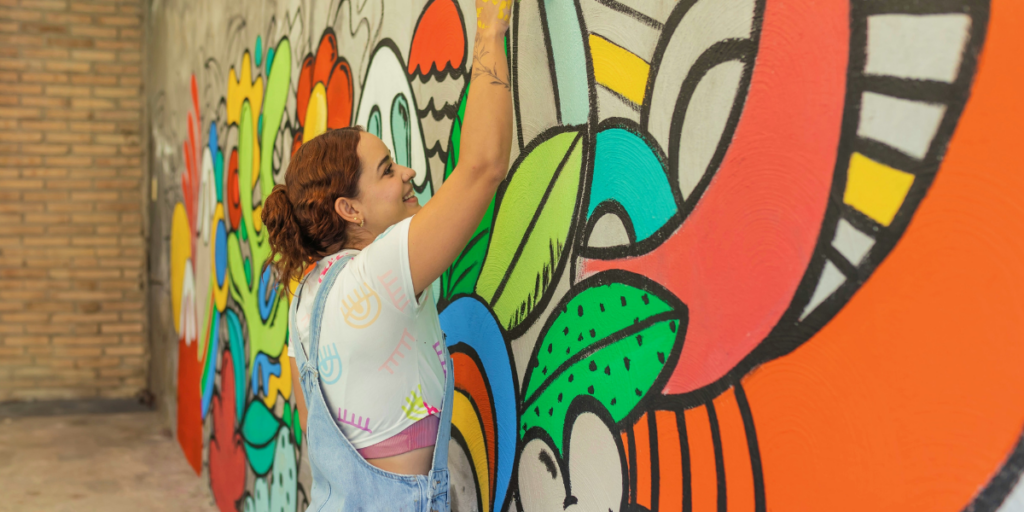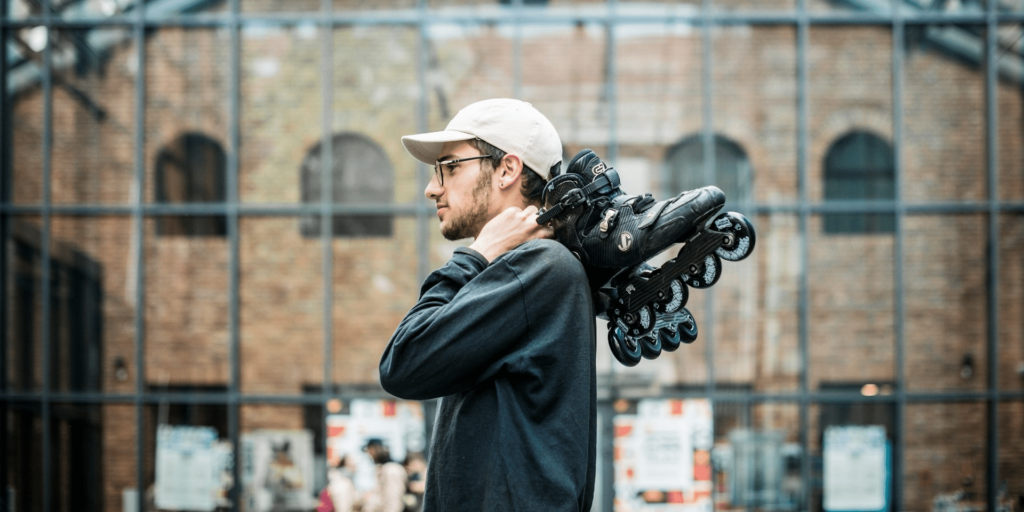Image Commercially Licensed From: DepositPhotos
The Essence of Film Basics
In the vast realm of visual storytelling, mastering the fundamental elements of filmmaking is an ever-evolving quest. A filmmaker’s proficiency in techniques such as camera angles, framing, lighting, and composition lays the groundwork for a cinematic masterpiece. Aspiring directors and cinephiles alike embark on a journey to comprehend the intricate dance between these elements, understanding how they shape the narrative and captivate audiences.
Decoding the Art of Camera Angles
At the core of every compelling visual narrative lies the strategic use of camera angles. Whether it’s the imposing high angle that conveys authority or the intimate low angle that fosters empathy, filmmakers wield this tool with precision. Each angle serves a purpose, shaping the viewer’s perception and emotional engagement with the unfolding story. From the sweeping panoramas that establish breathtaking landscapes to the tight close-ups that reveal the subtlest nuances of expression, the choice of camera angle is a deliberate artistic decision.
Framing: Crafting the Visual Narrative
Framing, akin to a painter’s canvas, determines the composition and focus of each cinematic frame. Directors meticulously arrange elements within the frame, guiding the audience’s attention and evoking specific emotions. The rule of thirds, leading lines, and symmetry become the building blocks of a visually striking composition. Understanding the power of framing empowers filmmakers to create images that resonate, immersing the audience in a visual symphony that complements the narrative rhythm.
Illuminating the Story: The Role of Lighting
Lighting is the unsung hero of filmmaking, silently influencing the mood and atmosphere of every scene. Whether it’s the stark shadows of film noir, the soft glow of romance, or the harsh illumination of a suspenseful thriller, lighting is a storyteller in its own right. Directors harness natural light, artificial sources, and shadows to sculpt the visual landscape, enhancing the narrative’s emotional impact. A nuanced understanding of lighting transforms a mundane scene into a captivating tableau, amplifying the cinematic experience.
Composition: The Harmonious Blend
The composition is the orchestration of elements within the frame, creating a harmonious visual language. Filmmakers craft compositions that guide the viewer’s gaze and evoke specific reactions. The use of leading lines directs attention, symmetry instills balance, and asymmetry adds dynamism. Every frame becomes a canvas where composition subtly communicates the story’s subtext. The deliberate arrangement of characters, props, and background elements transforms a sequence of images into a compelling narrative tapestry.
Challenging the Status Quo
In the ever-evolving landscape of filmmaking, some argue that an overemphasis on technicalities might overshadow the raw spontaneity that defines true art. They propose that adhering too strictly to established norms can stifle creativity, urging filmmakers to embrace a more experimental approach. By challenging conventional wisdom and exploring uncharted territory, filmmakers may discover untapped reservoirs of innovation that breathe freshness into the medium.
Summing Up the Cinematic Symphony
In conclusion, the mastery of filmmaking basics is an indispensable journey for any aspiring storyteller. The delicate interplay of camera angles, framing, lighting, and composition lays the foundation for cinematic excellence. Each element, when understood and wielded adeptly, contributes to a visual symphony that resonates with audiences on a profound level. Aspiring filmmakers, armed with this comprehensive insight, can navigate the complexities of the visual language, ensuring that their stories are not merely told but experienced in the most captivating manner possible.













